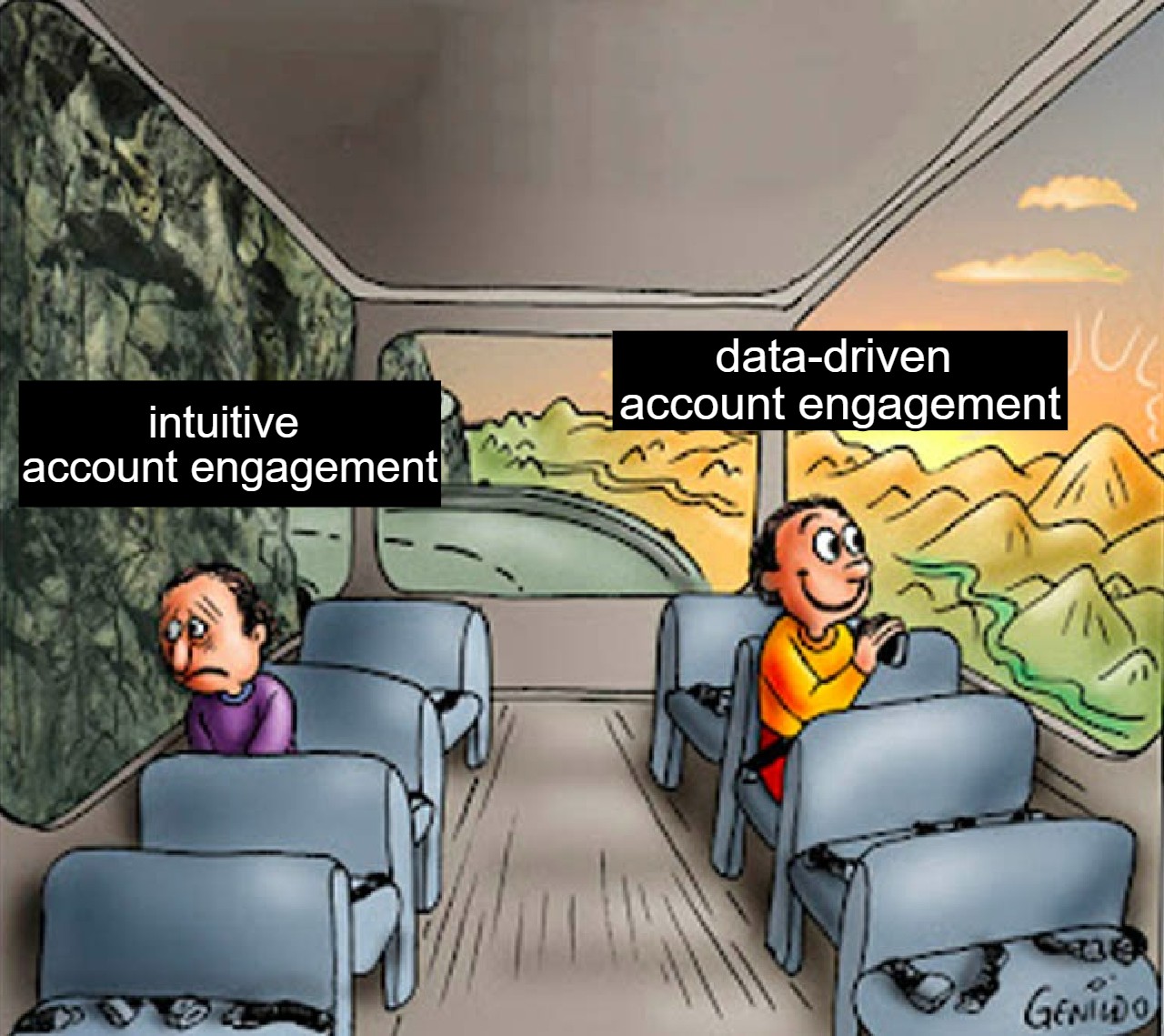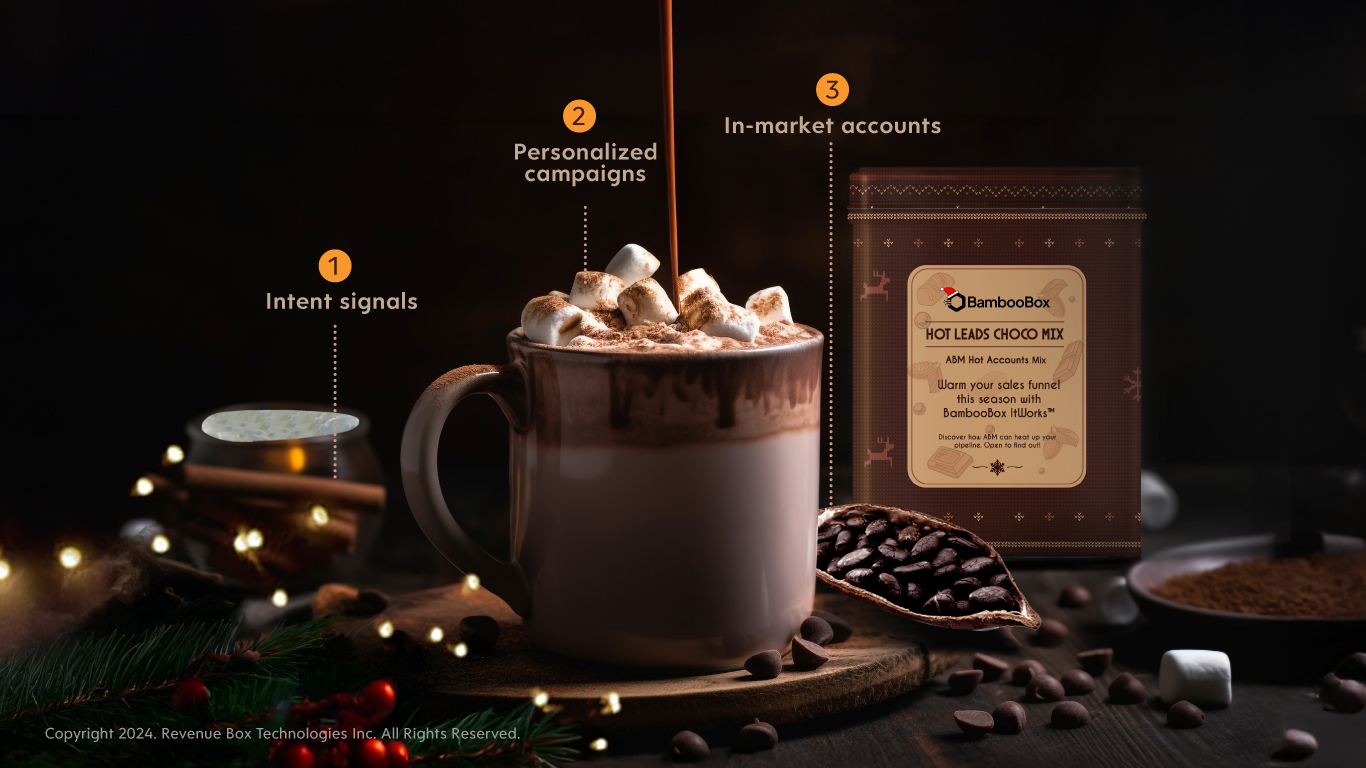Pipeline, or sales pipeline to be precise, is a term that sales and marketing teams use all the time. So, what’s a pipeline? A pipeline means the volume of qualified opportunities that an organization has identified. If a pipeline by itself means a list of qualified opportunities, why are we even talking about building a QUALIFIED sales pipeline?
Most marketing teams are focused on generating pipeline rather than creating qualified opportunities. So, even though B2B marketing teams contribute close to 80% of the pipeline at an average, its contribution to revenue is merely around 20%. Lost deals aren’t the biggest issue here for B2B companies. The alarming increase in deal dormancy rate across industries in the last decade is the bigger issue that needs to be addressed. Opportunities in the pipeline resulting in no-decision indicates the lack of data-driven TOFU and MOFU processes.

This is why revenue teams need to start calling it a QUALIFIED pipeline. Not just to remind everyone in the team what it was meant to be in the first place. But also to bring about more structure in the process of qualifying opportunities.
What is a Qualified Sales Pipeline?
A qualified sales pipeline or a healthy pipeline of opportunities means a list of accounts with a high probability of facing the problem that you are solving for. And in addition, these prospective customers should have recognized the problem and reached an internal consensus on the requirement of a solution.
Most sales teams work on accounts without an idea of whether these prospects have an understanding of the problem, leave alone realizing the need to solve the problem. Or if there is a buyer group or a buying committee which is ready to buy. And this is the exact reason why 80% of all prospects account for only 20% of revenue.
So, how do you sense these signals to ensure your sales team is engaging with the right accounts? At BambooBox, we designed a data-driven account qualification model for our customers. We collate current data from your MAP, sales intelligence, CRM and any other customer touchpoint to validate TOFU engagements with accounts. And we don’t stop there. Your historical data can be a goldmine when it comes to insights. So, we use it to figure out not only lookalike accounts but also to determine the probability of an account being in the buying journey and its stage at any given point in time. Based on this, our model predicts the accounts you can start engaging with as well as how to do it.

How to build a Qualified Sales Pipeline
At BambooBox, we believe in leaving nothing to chance or intuition, when it comes to revenue. So, here’s our step-by-step explanation of the process we recommend for building a qualified sales pipeline
a. Define your ICP
First things first. Without an idea of your ideal customer, you will not be able to distinguish between prospects. So, building a qualified sales pipeline begins when you understand attributes of accounts which benefit from your solution or product. Relying on your (intuitive) understanding of the best-fit accounts is a good start. But over time you need data to validate the intuition.

b. Identify the buyer group
For B2B selling, it is critical that you know who you are selling to. And by that we mean who all are in the buying committee? Identifying the buyer group ensures you engage with only the best-fit contacts. Having a grip on the buyer group also deepens your understanding of the buying journeys.
c. Monitor buying-intent from all sources
You’ll also come across accounts that are not yet ready to buy. Do you discard them? No, you add them to another list. And monitor them for any signals that tell you if they are finally warming up to the problem that you’re solving. Monitoring the buying-intent at all times helps you track the buyer journey and take appropriate actions to further the journey. The BambooBox platform helps you interpret and model buying-intent from all of your first-party and third-party sources for building a qualified pipeline.
d. Account prioritization
Based on your current and recent historical data, you can identify the accounts in the appropriate stage of the buying journey. These are accounts that are almost on the edge of your sales basket and could help you meet your pipeline goals. You need to start engaging with these accounts at a deeper level.
e. Orchestrate the engagement
You need to drive the engagement across the buying group not only to ascertain the buying-intent but also to constantly move the funnel. Every communication should be timed appropriately for a seamless customer experience. Appropriate channel and seller-side stakeholder needs to be identified for every interaction. BambooBox platform enables you to orchestrate intelligent data-driven engagements thereby helping you build qualified pipeline.
To build a qualified pipeline predictably, there has to be a conscious shift from lead-based to an account-based approach across the funnel. And to do this at scale, you need to have a robust data strategy. With B2B sales cycles increasingly becoming digital, a data-driven marketing motion is your recipe for success.

Bikash
Marketing, BambooBox
[metform form_id=”4453″]




